OK, you've found an old black and white studio photo of a kilted relative kitted out in his military finery before heading off to the First World War. But which regiment was he in?
Fortunately, there may be some clues in the photo – the kilt, the glengarry bonnet and, sometimes, the sporran. The regimental badge on the glengarry or, later in the war, the Tam 'o Shanter may be visible. The regimental badges can be seen in Quick Guide to the Scottish Regiments. A lot depends on the quality of the photo – sometimes the tell-tale over-stripes on the tartan of the kilt don't show up. Once you've worked out which regiment the old boy was with, have a look at Tracing A Soldier
The Black Watch – Plain kilt, no over-stripes. Plain glengarry without diced band. The white sporran will have five short black tassels. On the glengarry, the regimental badge may appear to resemble a star. The ToS has a dark hackle instead of a badge. The Glasgow Highlanders wore a very similar uniform but had a badge rather than a hackle on their tam o'shanters.
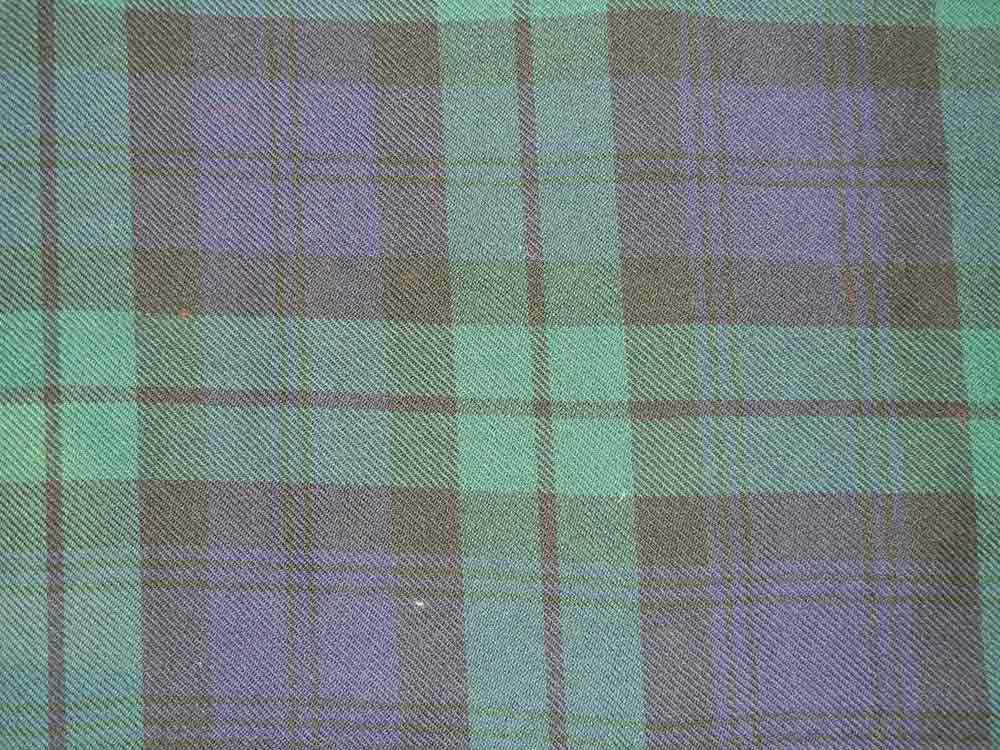
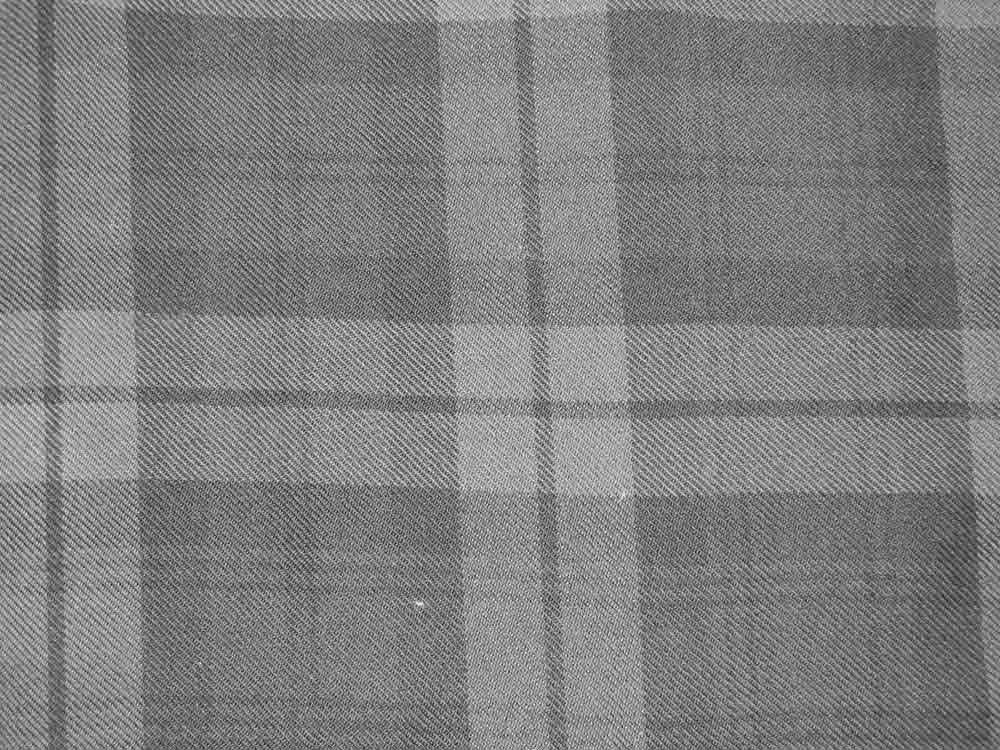
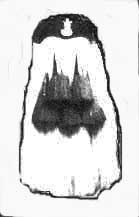
Seaforth Highlanders – Dark kilt with obvious light coloured over-stripes: there are also a red over-stripes but they seldom show in a black and white photo. In general two vertical over-stripes should be showing either side of the centre of the kilt apron. Dark glengarry with diced band. White sporran with two long black tails. The regimental badge is a stag's head with very obvious antlers.

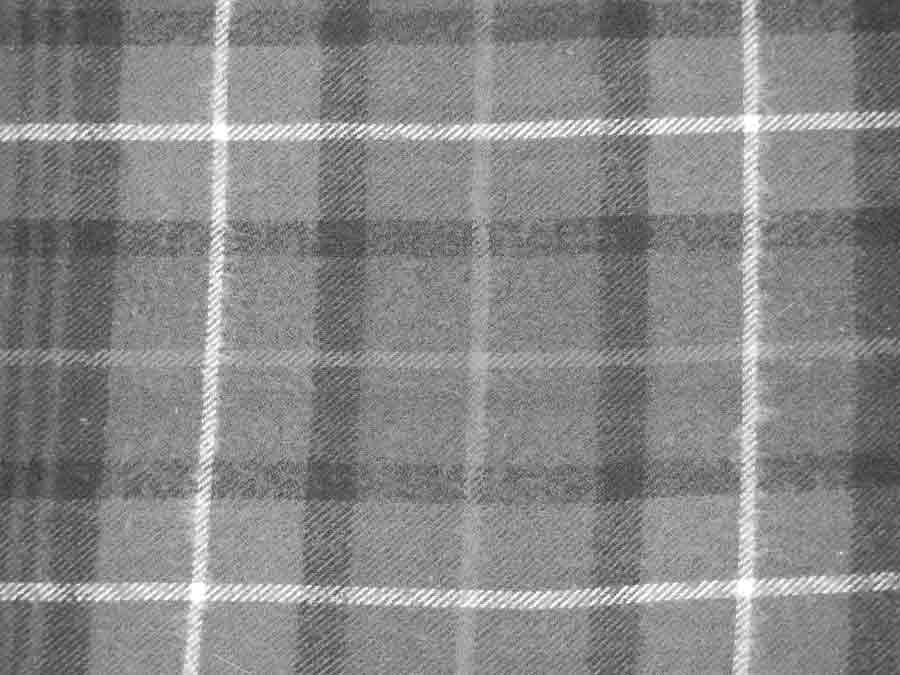
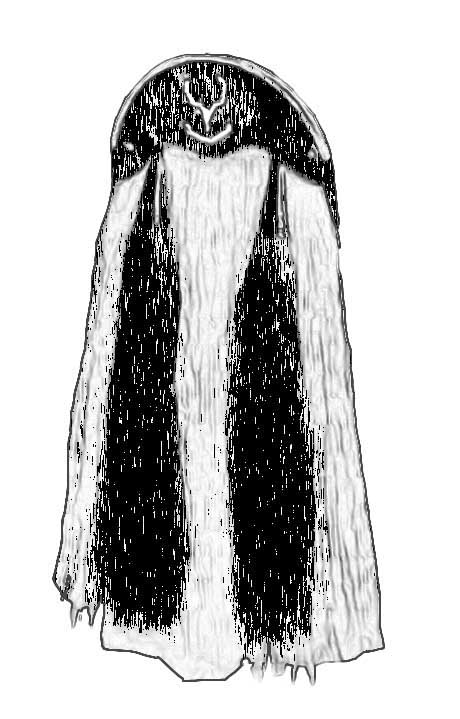
Argyll and Sutherland Highlanders – Plain kilt, no over-stripes. Dark glengarry with diced band. The sporran is black with six short black tassels. The collar badge on the tunic resembles two interlocking circles. The regimental badge is large and round. Before the creation of the Royal Regiment of Scotland, the Argylls' badge was the biggest in the British Army.


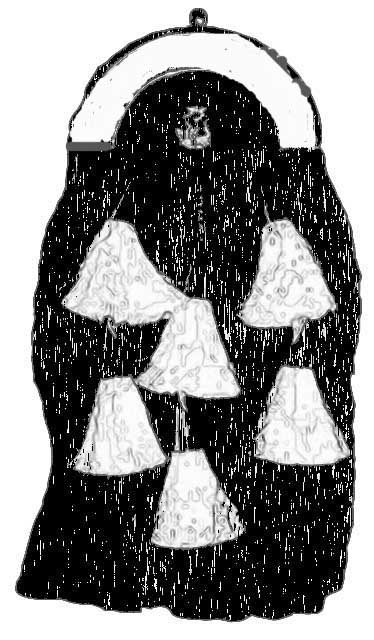
Gordon Highlanders – Dark kilt with obvious overstripes. In general, three vertical stripes should be visible, the middle one running down the centre of the kilt apron. Dark glengarry with diced band. White sporran with two long black tails. The regimental badge is also a stag's head but two ivy wreathes close in to touch the antlers about two-thirds up.


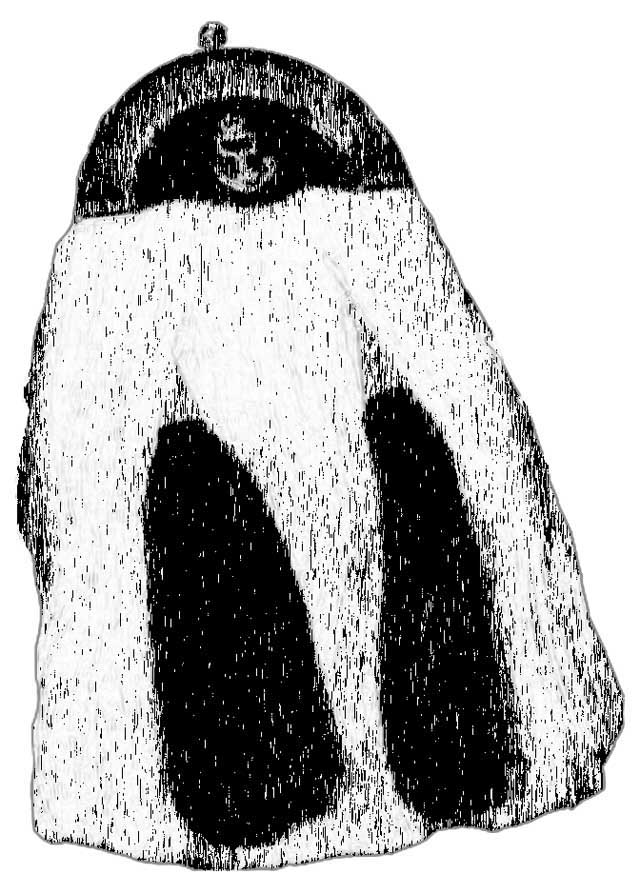
Queen's Own Cameron Highlanders – Lighter, fussier, tartan kilt with yellow overstripe but over-stripe is not always obvious. Generally three vertical overstripes on front of kilt with middle one running down centre of apron. Dark glengarry with no diced band. The sporran is black with two long white tails. The regimental badge is St. Andrew holding a cross with a wreath of thistles rising from the bottom to touch the top arms of the cross.
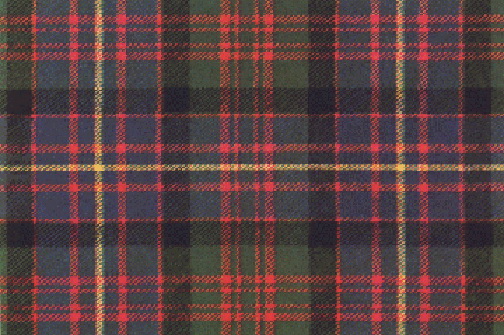
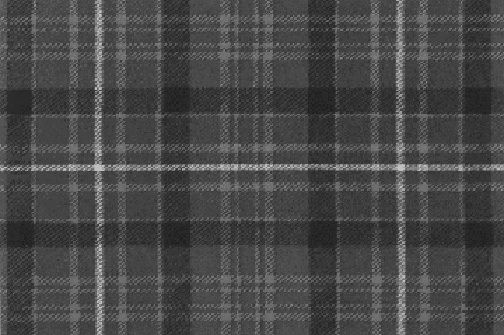
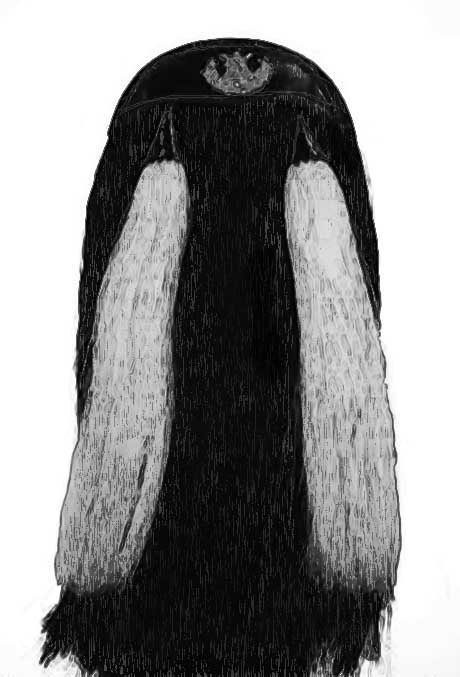
Example
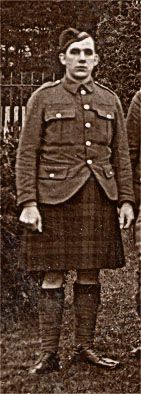
No dicing on the glengarry and no obvious overstripe on the kilt: Black Watch
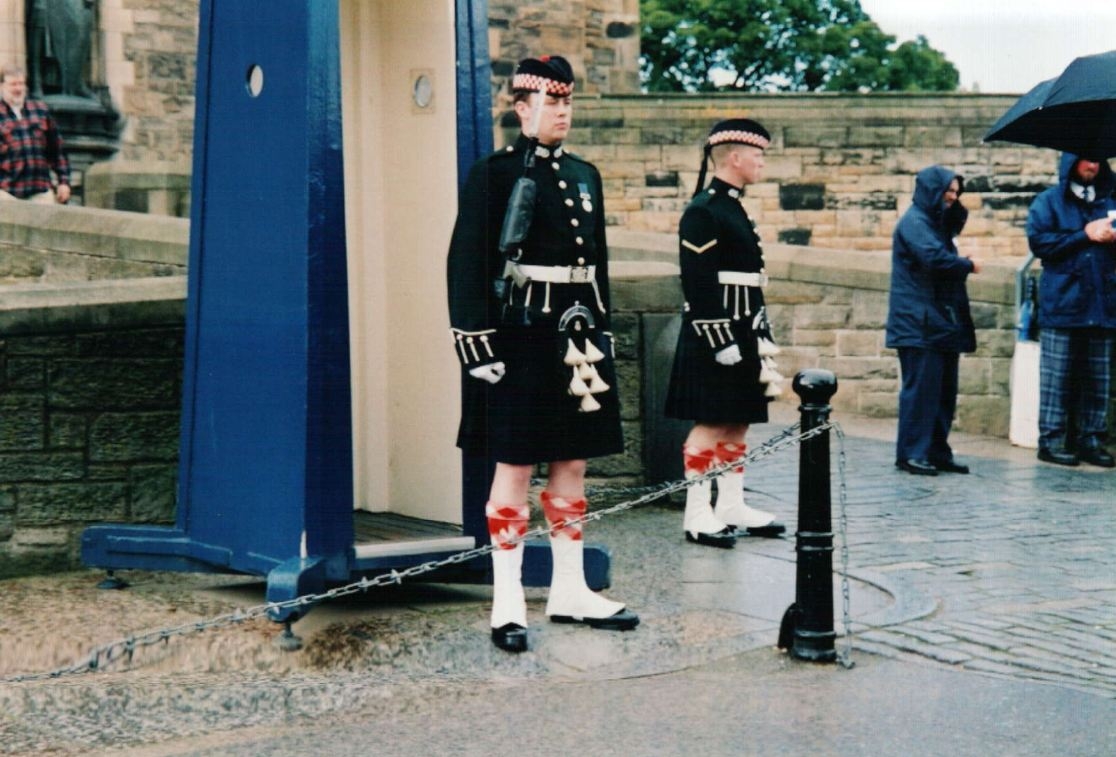
This more modern photo shows the distinctive sporran worn by the Argyll and Sutherland Highlanders. The sharp-eyed may also be able to pick-out the unusual "double" collar badge worn by the regiment.
The Quick Guide to the Scottish Regiments also includes the Lowland regimental badges for both the First and Second World Wars. Three of the Lowland regiments, the Royal Scots, the Royal Scots Fusiliers and the King's Own Scottish Borderers had dicing on their glengarries. The Cameronians/Scottish Rifles wore plain dark green glengarries. Most of the Highland Light Infantry battalions in the First World War also wore glengarries without dicing. The 9th Battalion of the HLI, the Glasgow Highlanders, wore kilts and had a uniform based on that of the Black Watch. But unlike the Black Watch, they did not wear hackles on their Tam o'Shanters.
Photos taken on the frontlines often show the regimental tartans hidden under khaki aprons. When the First World War began the kilt aprons only covered the front, but in 1915 a version which wrapped around to cover the back of the kilt as well was introduced. The kilt aprons often had a button pocket on the front.
Here are a couple of photos of Scottish regimental badges which may help identify which unit a soldier belonged to.
First and Second World War
The Black Watch

This badge would be worn with the glengarry bonnet seen on the soldier in the black and white picture in the previous section. A red hackle was worn with the Tam o' Shanter.
The Cameronians/Scottish Rifles
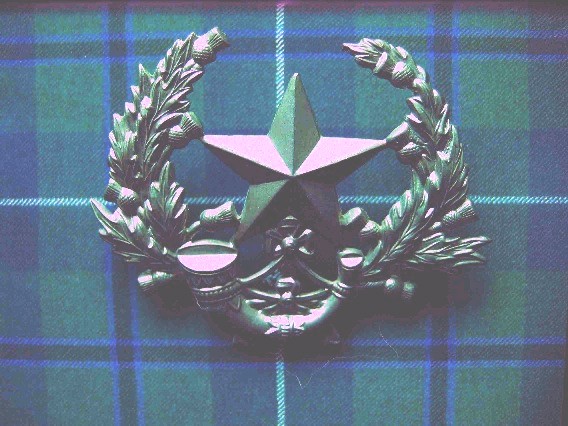
This badge was worn both with the Glengarry and the Tam o Shanter.
The Seaforth Highlanders

Worn on both glengarry and the Tam o' Shanter
Post Second World War
The Highland Brigade

The "Crucified Moose" was authorised to be worn by all the Highland regiments between 1958 and 1968. But anecdotal evidence suggests that most regiments dragged their feet when it came to wearing it. The reintroduction of regimental badges also took some time - The Queen's Own Highlanders for instance did not ditch the Crucified Moose until 1970. The Argylls wore their own badge in Aden in 1967 and then reverted briefly back to the Highland Brigade badge on their return to the UK. The Highland Brigade comprised the Black Watch, the Gordons, the Seaforths, the Argylls and the Camerons. The Highland Light Infantry were part of the Brigade until they merged with the Royal Scots Fusiliers in 1959 and the new regiment, the Royal Highland Fusiliers, was transferred to the Lowland Brigade.
The Lowland Brigade

And this is the Lowland Brigade badge for the same period. The Lowland Brigade was made up of the Royal Scots, the King's Own Scottish Borderers, the Cameronians and the Royal Scots Fusiliers. When the RSF merged with the HLI, the new regiment, the Royal Highland Fusiliers, was part of the Lowland Brigade.
The Royal Highland Fusiliers

Created by combining the Royal Scots Fusiliers grenade badge with the Highland Light Infantry monogram and Crown when the two regiments were merged in 1958 to create the Royal Highland Fusiliers. The RHF wore Mackenzie tartan trews.
The Queen's Own Highlanders
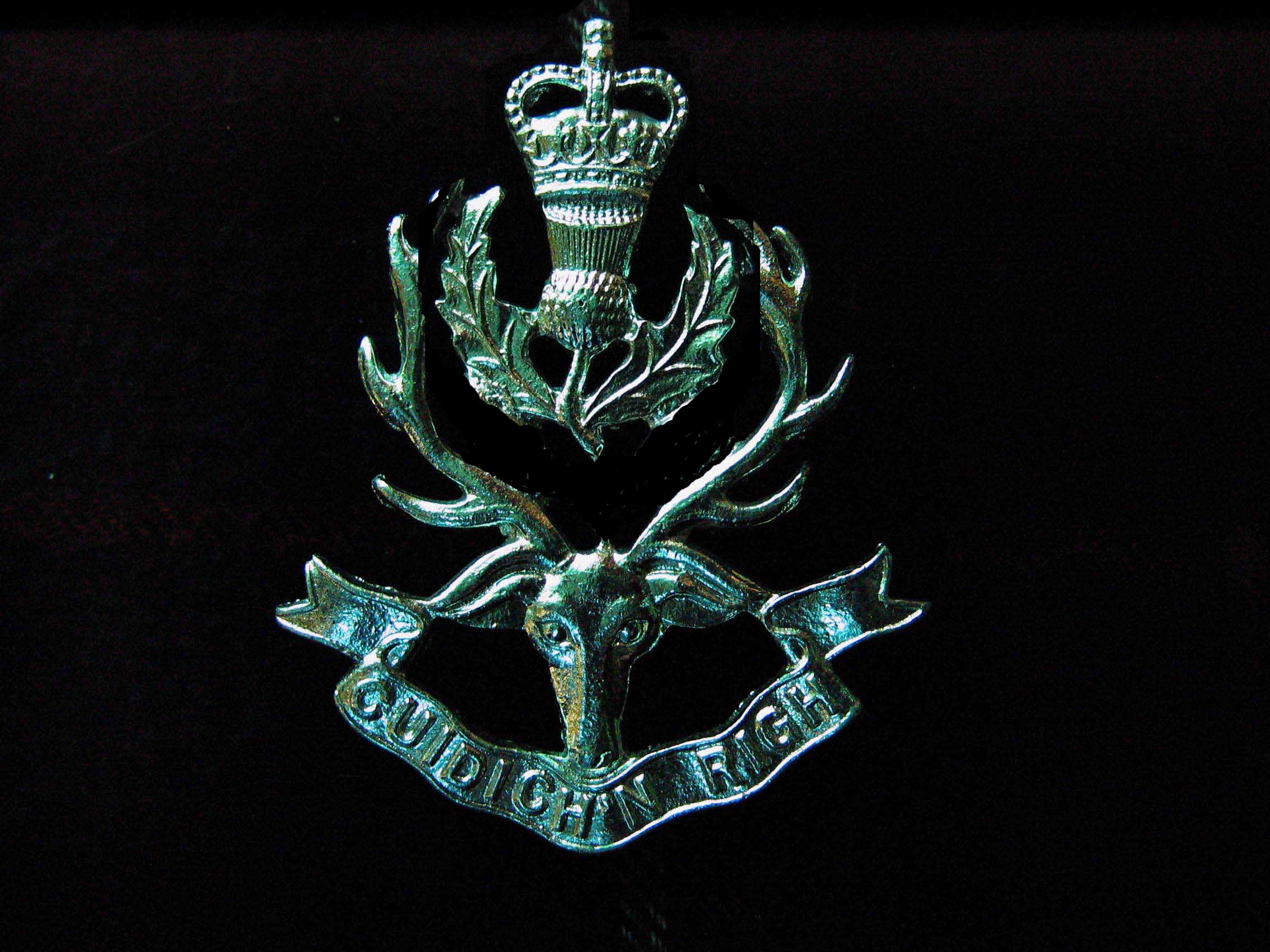
Affectionately known as Hector, this badge was created for the regiment created by the merger in 1961 of the Queen's Own Cameron Highlanders and the Seaforth Highlanders. Hector survived the 1994 amalgamation of the Queen’s Own Highlanders with the Gordon Highlanders into a regiment rather unimaginatively known as The Highlanders. The new regiment wore Gordon kilts. The creation of the Royal Regiment of Scotland in 2006 put all the Scottish infantry battalions, with the exception of the Scots Guards, into kilts with a tartan based on the old Argylls Government 1A sett and one bonnet badge.

The Royal Regiment of Scotland was formed in 2006 from the six infantry battalions that made up the Scottish Division. The creation of the regiment meant the amalgamation of the Royal Scots and the King's Own Scottish Borderers to form the Royal Scots Borderers, 1st Battalion Royal Regiment of Scotland; while the other four regiments - the Royal Highland Fusiliers, the Black Watch, the Highlanders, and the Argyll and Sutherland Highlanders - became respectively the 2nd, 3rd, 4th and 5th Battalions of the regiment. As I know a number of you are interested in the uniforms of the Royal Regiment of Scotland I thought this link to the Royal Regiment of Scotland Dress Regulations website might be appreciated.
